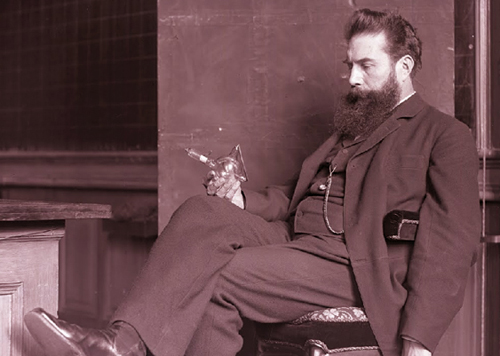
In 1995, the U.S. Department of Energy’s Advanced Photon Source (APS) at Argonne National Laboratory observed the 100th anniversary of Wilhelm Conrad Röntgen's seminal discovery of the x-ray by producing first light from the APS x-ray source, and by holding an informal ceremony, “20 Years of Light at the APS.”
Now, 2020 marks the 125th anniversary of the discovery of the x-ray (and the 175th birthday of Röntgen).
A number of events around the world marked the anniversary of the discovery of the x-ray, including:
The Julius-Maximilians-Universität of Würzburg has launched a web site (in German): “X-Ray Anniversary 2020: A Year of Celebrating Wilhelm Conrad Röntgen”
Physica Medica – European Journal of Medical Physics Announcement: Focus Issue "125 Years of X-rays": “On the 8th of November, 1895, the German physicist Wilhelm Conrad Roentgen discovered X-rays, and on the 28th of December, 1895, he published a comprehensive report of his findings. Physica Medica – European Journal of Medical Physics (EJMP) will publish in November 2020 a Focus Issue, “125 Years of X-rays” dedicated to celebrating the 125 years from Roentgen’s discovery of X-rays, a fundamental step which gave rise to fundamental diagnostic and therapeutic applications in medicine. The Focus Issue will include invited articles from leading scientists in medical physics, highlighting important achievements, recent advances and present challenges for medical physics, related to the use of X-rays.”
The Röntgen Memorial is “Celebrating the 120th anniversary of the discovery of X-rays”: “On November 8th, 1895, Prof. Dr. Wilhelm Conrad Röntgen discovered a new kind of ray, which he called X-rays. A small laboratory located in the former Physical Institute of the University of Würzburg, now the University of Applied Sciences Würzburg, was the sight of one of the most important scientific breakthroughs in medical history.
“At this place the celebration started on Nov. 7th 2015 with the annual meeting of ISHRAD (International Society for History in Radiology). Chairman Prof. Thomas, UK and the delegates provided lectures about the history of radiology in Röntgen’s lecture hall.
“On Nov 8th 2015 saw a openhouse day of the Röntgen Memorial. More than 1000 people visited Prof. Röntgen’s lab. A formal celebration organized by the City of Würzburg, the University of Würzburg, the University of Applied Sciences Würzburg-Schweinfurt and the Röntgenkuratorium e.V. with 200 invited guests was held.”
Also: This is the 125th anniversary of the Physical Review journals; “The American Physical Society [the other APS] is celebrating the 125th anniversary of the Physical Review journals. To commemorate this milestone, the editors present a timeline of select papers and events that are of significance to physics and to the history of the APS. From Robert Millikan’s famous oil drop experiments to the discovery of gravitational waves, the Physical Review journals have published a wide range of important results, many of which have been recognized with Nobel and other notable prizes. The papers in the timeline, along with landmark events in the history of the Physical Review, will be highlighted on our journal websites and in social media throughout 2018.”
The Advanced Photon Source is a U.S. Department of Energy (DOE) User Facility operated for the DOE Office of Science by Argonne National Laboratory under contract no. DE-AC02-06CH11357.
The U.S. Department of Energy's APS is one of the world’s most productive x-ray light source facilities. Each year, the APS provides high-brightness x-ray beams to a diverse community of more than 5,000 researchers in materials science, chemistry, condensed matter physics, the life and environmental sciences, and applied research. Researchers using the APS produce over 2,000 publications each year detailing impactful discoveries, and solve more vital biological protein structures than users of any other x-ray light source research facility. APS x-rays are ideally suited for explorations of materials and biological structures; elemental distribution; chemical, magnetic, electronic states; and a wide range of technologically important engineering systems from batteries to fuel injector sprays, all of which are the foundations of our nation’s economic, technological, and physical well-being.
Argonne National Laboratory seeks solutions to pressing national problems in science and technology. The nation's first national laboratory, Argonne conducts leading-edge basic and applied scientific research in virtually every scientific discipline. Argonne researchers work closely with researchers from hundreds of companies, universities, and federal, state and municipal agencies to help them solve their specific problems, advance America's scientific leadership and prepare the nation for a better future. With employees from more than 60 nations, Argonne is managed by UChicago Argonne, LLC, for the U.S. DOE Office of Science.
The U.S. Department of Energy's Office of Science is the single largest supporter of basic research in the physical sciences in the United States and is working to address some of the most pressing challenges of our time. For more information, visit the Office of Science website.
